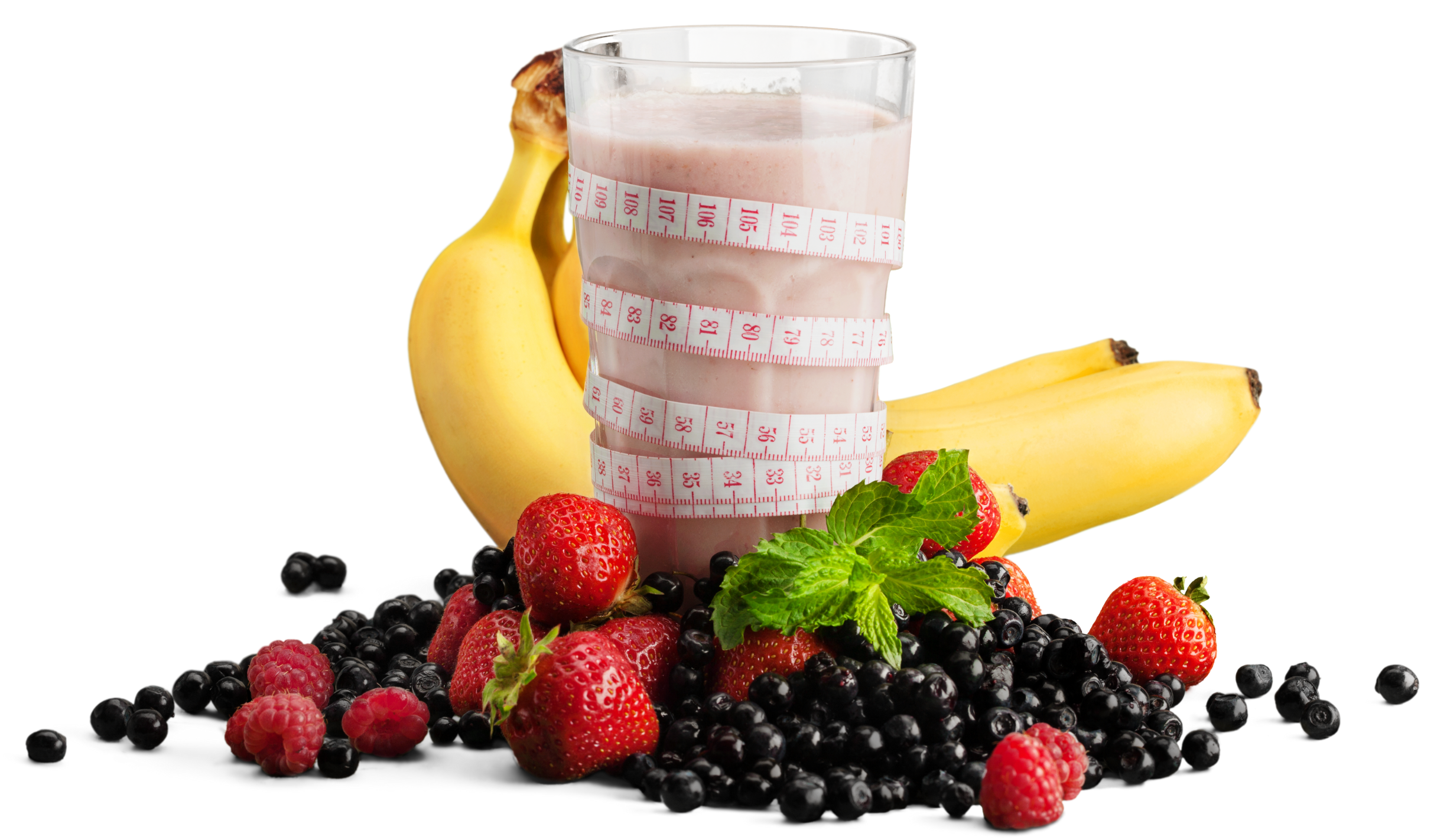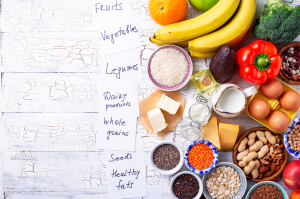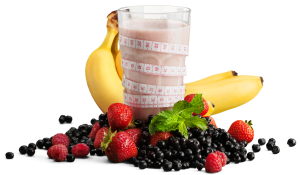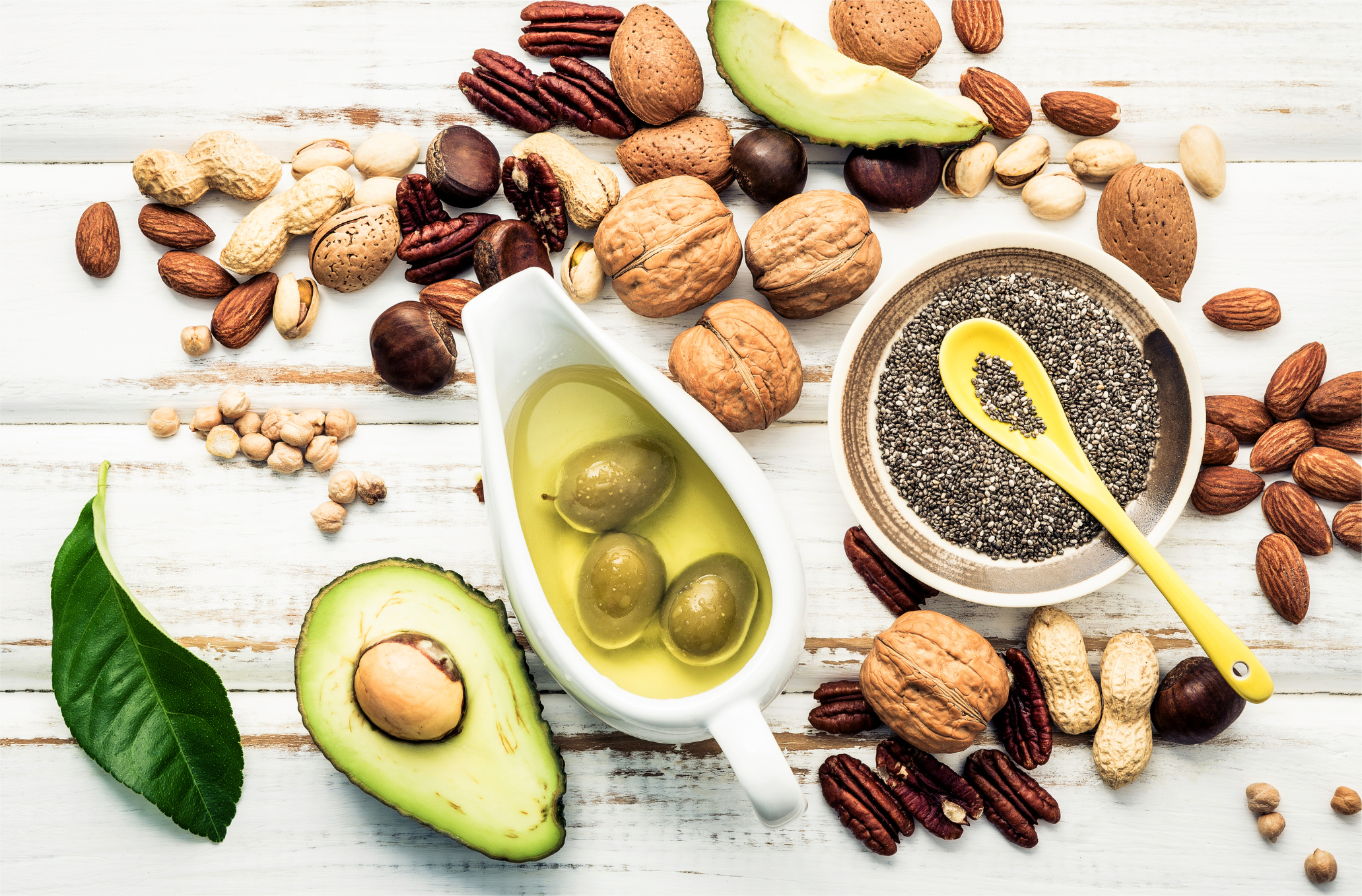

Food and health can be a perfect blend, and nothing makes us feel happier and more satisfied than eating three meals a day. In this article, we will share with you some professional nutrition knowledge through vivid and easy-to-understand language to help you build a healthy eating plan. Without cutting down on carbohydrates, we will teach you to mix and match foods wisely to enjoy the delicious taste of carbohydrates in the best way, so as to make your diet more diversified and nutritious, and help you maintain a healthy lifestyle.

I Understanding Carbohydrates
Carbohydrates are the body’s main source of energy. They are broken down by the body and converted into glucose, which is further used as the main source of energy. In addition, they play a vital role in brain function, muscle movement, and the proper functioning of the digestive and immune systems. More importantly, the right amount of carbohydrates can help us maintain good cardiovascular health.
Carbohydrates can be categorized into three groups:
Monosaccharides and Disaccharides – These are the “simple” carbohydrates such as glucose, fructose and lactose. They are easily digested by the body and provide quick energy.
Polysaccharides — These are “complex” carbohydrates such as starch and cellulose. These carbohydrates contain multiple monosaccharide molecules that take a long time to digest and break down before they can be utilized by the body, resulting in a very gentle release of energy, which helps to maintain a stable blood sugar level.
Dietary fiber — This is also a “complex” carbohydrate, but the body cannot break it down completely. Dietary fiber increases satiety, aids digestion, maintains intestinal health and prevents constipation.
II. Reasonable Carbohydrate Intake
Determining a reasonable carbohydrate intake needs to take into account factors such as an individual’s age, gender, weight, and physical activity level. Here’s a basic calculation: daily carbohydrate intake for adults is usually 45 to 65 percent of total calories. For example, if you need 2,000 total calories per day, you need 900 to 1,300 calories from carbohydrates, which translates to 225 to 325 grams.
The exact intake should be adjusted for specific groups of people:
Athletes: Because athletes use more energy, they need a higher percentage of carbohydrates, perhaps up to 70 percent of their total calories.
Children and adolescents: they need a lot of energy and nutrients for growth and development, so the regular 45% to 65% is also appropriate.
Diabetics or those who need to control their weight: They need to lower their carbohydrate intake, especially from refined foods such as white sugar and flour. They can reduce the proportion to less than 40% of their total calories and try to choose low-sugar, whole-grain or high-fiber carbohydrates.
It’s important to note that the quality of the carbohydrates is equally important. Try to choose whole-grain, fiber-rich sources of carbohydrates and try to avoid high-sugar and refined carbohydrates. The above recommendations are for reference only. Specific intake should be determined on an individual basis by consulting your doctor or dietitian.

III Choice of Natural Carbohydrates
Natural carbohydrates are an integral part of our daily diet, providing energy in our food. By choosing natural carbohydrates wisely, we can get rich fiber, vitamins and minerals to keep our body healthy.
Fruits are one of the great sources of natural carbohydrates. Choose fresh fruits and try to avoid processed juices or canned fruits as they may be high in sugar and additives. The fiber in fruits aids in digestion and prevents constipation, can help control blood sugar, and contains a variety of vitamins and minerals such as vitamin C, vitamin A, and potassium.
Vegetables are also one of the great sources of natural carbohydrates. Choose vegetables of all colors, including leafy, root vegetables and squash. Vegetables are rich in fiber, vitamins and minerals such as vitamin K, folate, calcium and magnesium. Choosing fresh vegetables as much as possible reduces the loss of vitamins and minerals during processing.
Whole grains include whole grain breads, brown rice, oats, and quinoa. They are a source of high-quality carbohydrates and are rich in fiber, vitamins and minerals. Whole grain foods help control blood sugar, prevent diabetes and cardiovascular disease, and provide long-lasting energy.
When choosing and combining natural carbohydrates, we should try to be as diverse as possible. Eat a wide variety of fruits and vegetables of different colors to ensure that we get a wide range of vitamins and minerals. Also, take care to consume whole grains in moderation while maintaining a balanced diet that includes protein and healthy fats.
Choosing fruits, vegetables and whole grains wisely can provide us with an abundance of fiber, vitamins and minerals. With a variety of choices and combinations, we can obtain a well-balanced and nutritious diet that maintains our body’s health and function.
IV Healthy Carbohydrate Eating Habits
First of all, consuming carbohydrates with protein and healthy fats slows down the digestion and absorption of carbohydrates and helps to control elevated blood sugar. For example, pair a meal with fruit and nuts, or whole grain bread and eggs. Protein and healthy fats provide a sense of fullness and a smooth release of energy, reducing the risk of blood sugar fluctuations.
Secondly, choosing low GI foods is also a good option.The GI (Glycemic Index) is a measure of a food’s effect on blood sugar. Low GI foods are digested and absorbed more slowly, which helps maintain stable blood sugar. Some low GI foods include whole grain bread, brown rice, oats, beans, vegetables and nuts.
It is also important to control the amount of food you eat. Excessive intake of carbohydrates can lead to drastic fluctuations in blood sugar. So when consuming carbohydrates, you should control the amount you consume to avoid over-consumption.
Finally, try to opt for eating whole fruits and vegetables instead of simple fruit or vegetable juices. Whole fruits and vegetables contain more fiber, which slows down the digestion and absorption of carbohydrates and helps control blood sugar.
By combining and eating the right foods, we can better utilize carbohydrate energy, control blood sugar fluctuations, and keep our bodies healthy. Try to choose carbohydrates that are paired with protein and healthy fats, choose low GI foods, control the amount of food you eat, and choose to eat whole fruits and vegetables. These are all practical suggestions to help us better utilize our energy from carbohydrates.
V Carbohydrates and Exercise
Carbohydrates play an important role in exercise; they are our body’s main source of energy. When we exercise at high intensity or for long periods of time, our muscles need a lot of energy to support the movement. Carbohydrates provide us with this energy by being broken down into glucose, which is then converted into energy in the body.
Consuming enough carbohydrates before exercise replenishes liver glycogen and muscle glycogen reserves. These glycogen are depleted during exercise and provide the energy needed for muscle movement. Without adequate carbohydrate intake prior to exercise, one may feel fatigued and low on energy. Therefore, exercisers should consume a certain amount of carbohydrates before exercise to maintain adequate energy reserves.
In addition, carbohydrate intake can also help restore muscle and promote muscle growth. After exercise, glycogen in muscles is depleted and needs to be replenished in time. Consuming a certain amount of carbohydrates can restore muscle glycogen reserves and help muscle repair and growth.
For exercisers, carbohydrate replenishment is very important. It is generally recommended to consume a moderate amount of carbohydrates, such as whole grain bread, fruit or energy bars, 1-2 hours before exercise. During exercise, you can also choose some easily digestible carbohydrates, such as energy drinks or fruit juices, to provide immediate energy. After exercise, you can consume some high GI (Glycemic Index) carbohydrates, such as white rice or white bread, to help replenish glycogen reserves and promote muscle recovery.
Carbohydrates play an important role in exercise; they are our body’s main source of energy. Exercisers should consume moderate amount of carbohydrates before and after exercise to ensure energy reserve and promote muscle recovery.
With a balanced diet, proper carbohydrate intake and appropriate exercise, you can enjoy a rich and varied diet and maintain a healthy body and a happy life. Let’s start together and enjoy the delicious taste of carbohydrates!








